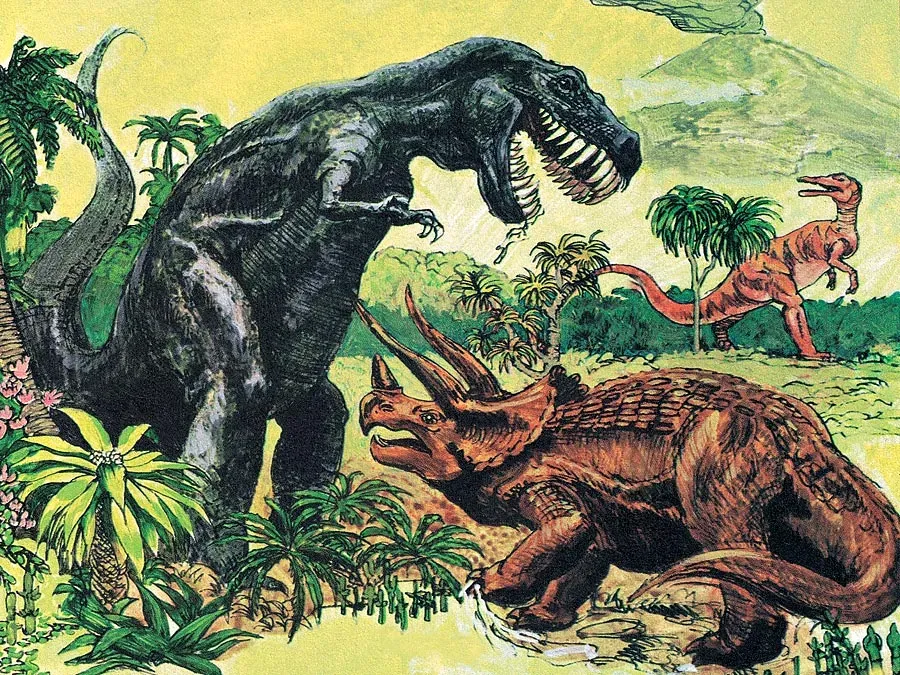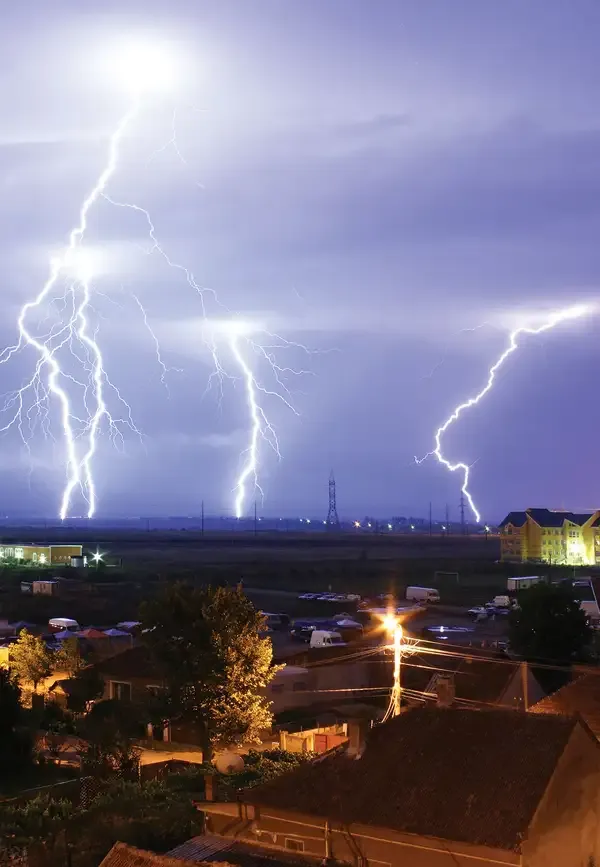- Home >
- Science
- > Technology
A Journey Through Time Since the Precambrian
A Journey Through Time Since the Precambrian explores the vast history of Earth, beginning with the ancient Precambrian era. It delves into the development of life from simple microorganisms to complex organisms, highlighting major evolutionary milestones and geological transformations. The narrative covers significant events such as the Cambrian Explosion, the rise and fall of dinosaurs, and the emergence of mammals and humans. This fascinating journey underscores the dynamic changes our planet has undergone over billions of years.

The history of our planet is a vast and intricate tapestry, woven over billions of years. The ''Precambrian'' era, spanning from the formation of Earth around 4.6 billion years ago to about 540 million years ago, represents a significant portion of geological time. This era is crucial for understanding the evolution of life and the conditions that shaped our planet. In this article, we will explore the key milestones of the ''Precambrian'', its subdivisions, and the implications of its geological processes.
Understanding the Precambrian Era
The ''Precambrian'' can be divided into three major eons: the ''Hadean'', the ''Archean'', and the ''Proterozoic''. Each of these eons represents a different stage in Earth's development, characterized by unique geological and biological events.
| Eon | Timeframe (Billion Years Ago) | Key Events |
|---|---|---|
| Hadean | 4.6 - 4.0 | Formation of Earth, differentiation of the core and mantle |
| Archean | 4.0 - 2.5 | Formation of the first continental crust, emergence of prokaryotic life |
| Proterozoic | 2.5 - 0.54 | Development of multicellular life, significant atmospheric changes |
The Hadean Eon
The ''Hadean'' eon marks the beginning of Earth's history. During this time, the planet was characterized by extreme volcanic activity, a molten surface, and frequent impacts from meteorites. The formation of the Earth’s core and mantle occurred during this eon, leading to the creation of the first solid crust. The atmosphere was primarily composed of gases like hydrogen, helium, and water vapor, creating conditions that were inhospitable to life as we know it.
The Archean Eon
Transitioning into the ''Archean'' eon around 4 billion years ago, Earth began to cool, allowing the formation of the first stable continental crust. This period is significant for the emergence of ''prokaryotic organisms''—the first forms of life on Earth. Fossils of these microorganisms, primarily ''stromatolites'', provide evidence of life existing in these early ecosystems. The atmosphere during the ''Archean'' was still largely anoxic, meaning it lacked free oxygen. However, the activity of ''cyanobacteria'' began to produce oxygen through photosynthesis, setting the stage for future biological evolution.
The Proterozoic Eon
The ''Proterozoic'' eon, which lasted from about 2.5 billion to 540 million years ago, was a time of significant biological and geological change. One of the defining features of this eon was the rise of ''multicellular organisms''. Fossils from this period reveal a variety of life forms, including algae and the earliest animal life, such as the ''Ediacaran biota''. The ''Proterozoic'' also saw the buildup of oxygen in the atmosphere, known as the ''Great Oxidation Event'', which fundamentally altered the planet's environment and paved the way for the evolution of more complex life forms.
Geological Processes in the Precambrian
The geological processes that occurred during the ''Precambrian'' played a critical role in shaping the Earth's landscape. Tectonic activity during this era resulted in the formation of the first continents and ocean basins. The movement of tectonic plates not only influenced the distribution of landmasses but also affected climate and sea levels. Major geological events, such as continental collisions and rifting, contributed to the dynamic nature of the planet.
The Legacy of the Precambrian
The ''Precambrian'' era set the stage for the complex ecosystems we see today. The foundations of Earth's biodiversity were laid during this time, with the evolution of simple life forms leading to the more complex organisms that would follow in the ''Phanerozoic'' eon. Understanding the ''Precambrian'' helps scientists uncover the processes that led to the diversity of life and the environmental changes that have occurred over geological time.
Conclusion
In conclusion, the ''Precambrian'' era is a fascinating and formative period in Earth's history. From the fiery beginnings of the ''Hadean'' eon to the rise of multicellular life in the ''Proterozoic'', this era contributed immensely to the planet's geological and biological evolution. By studying this ancient past, we gain valuable insights into our planet's future and the ongoing processes that shape it. The legacy of the ''Precambrian'' continues to influence the scientific community, inspiring ongoing research and exploration into the origins of life and the development of Earth itself.












